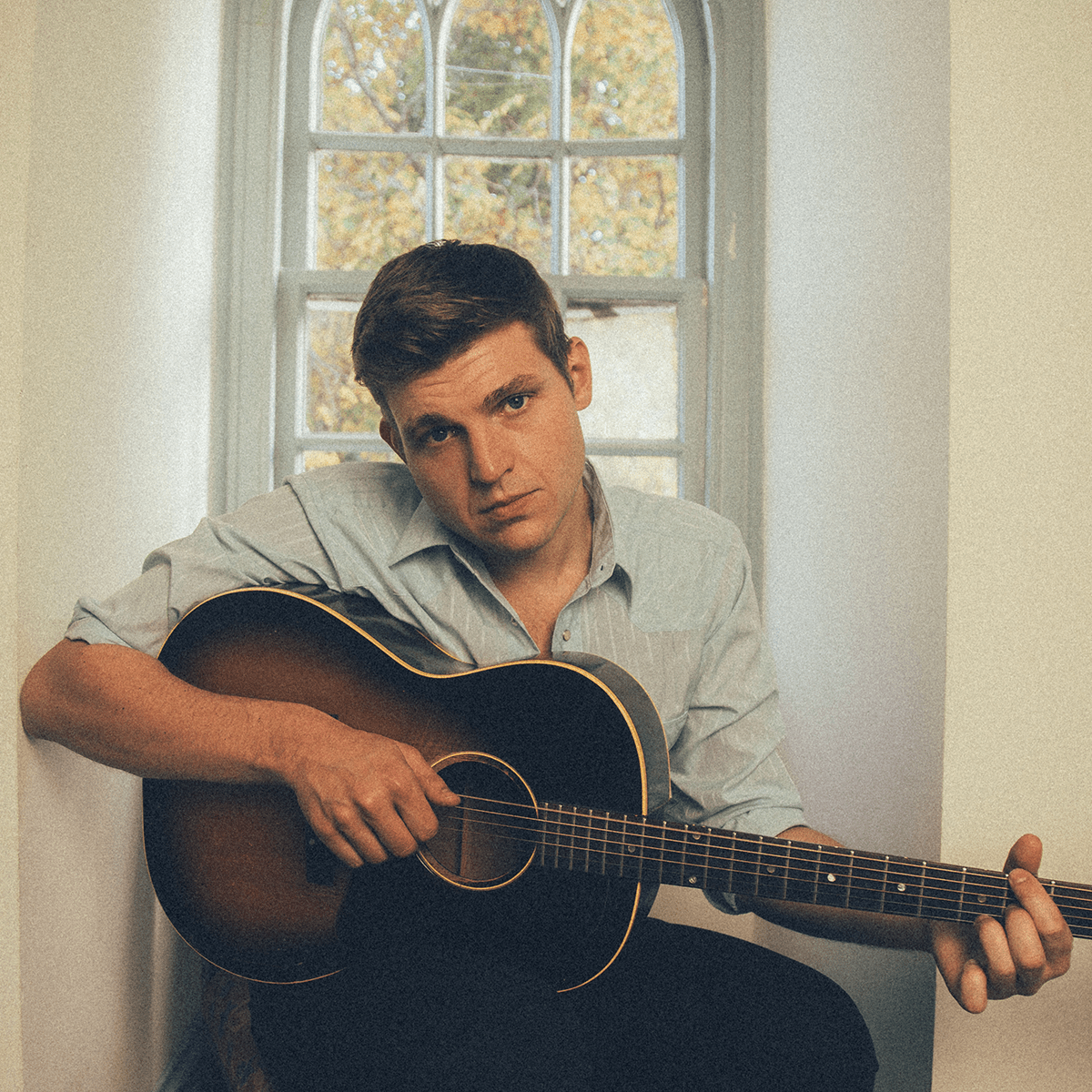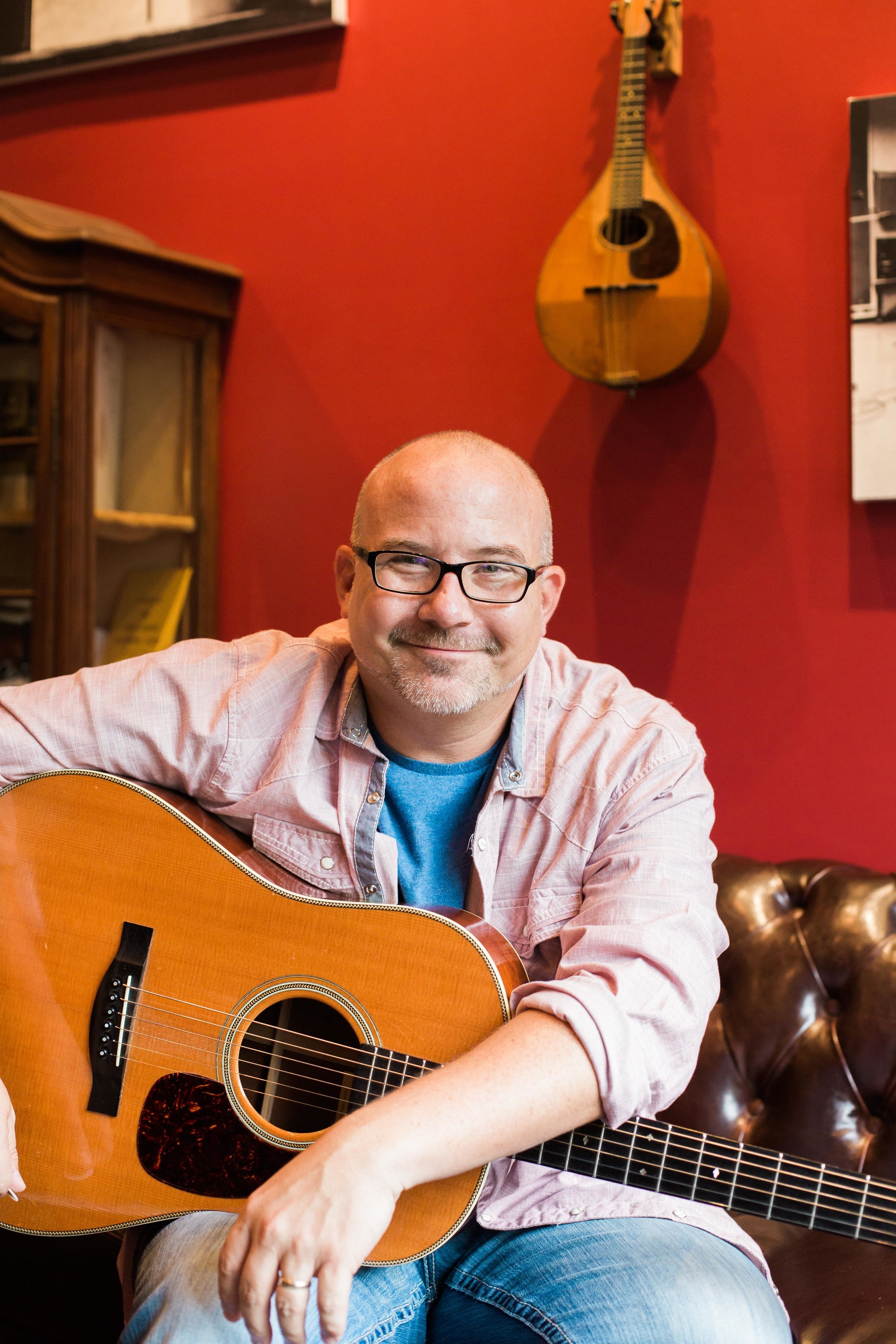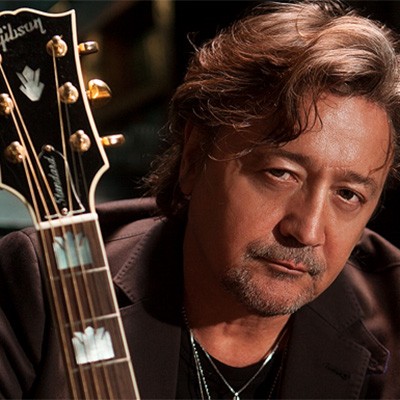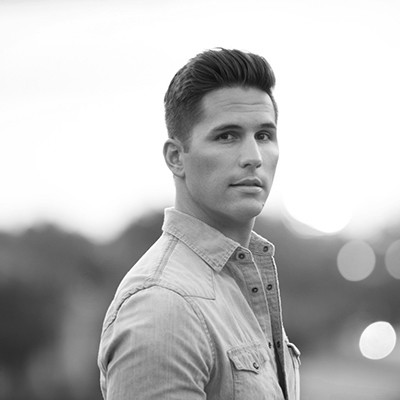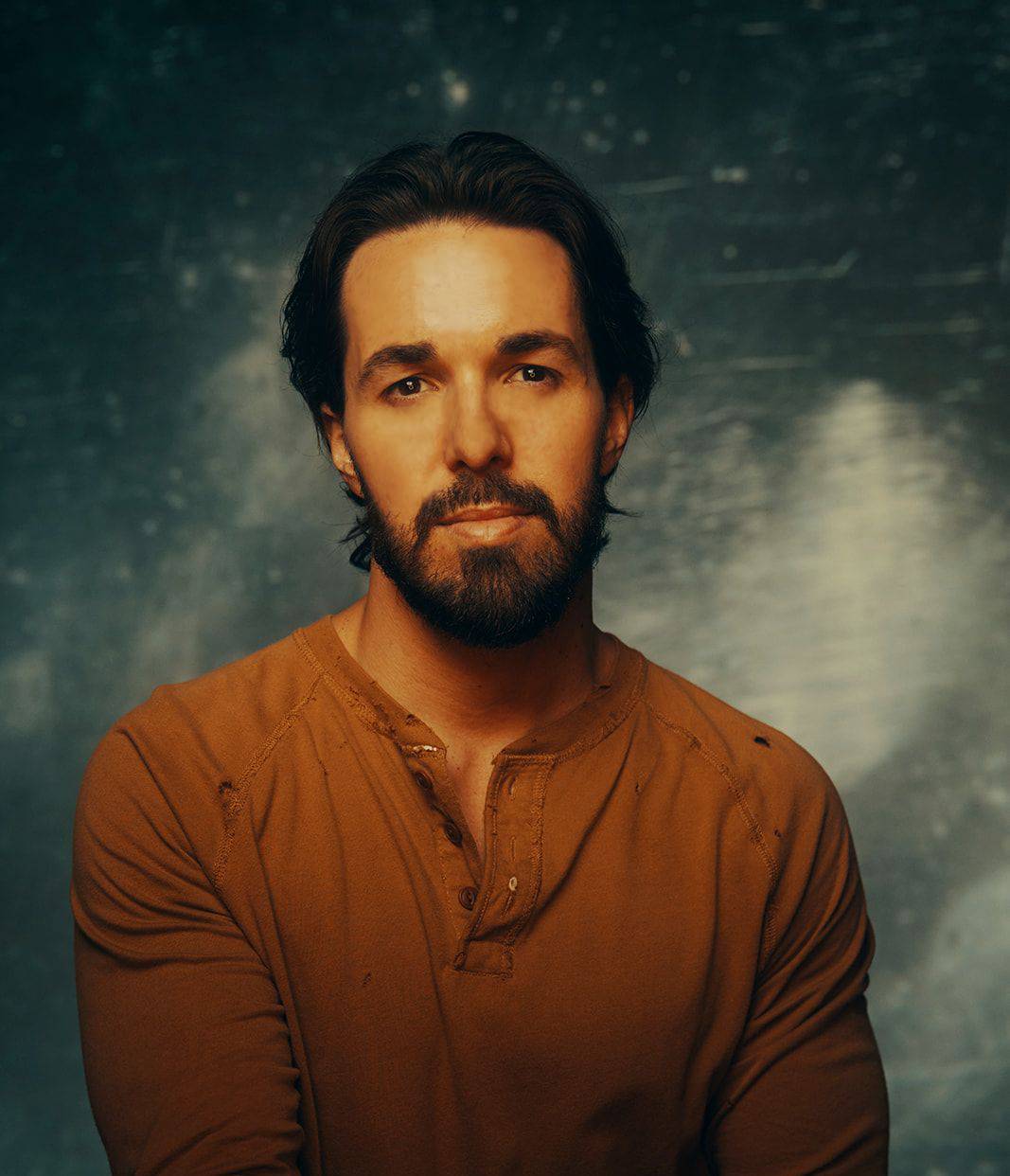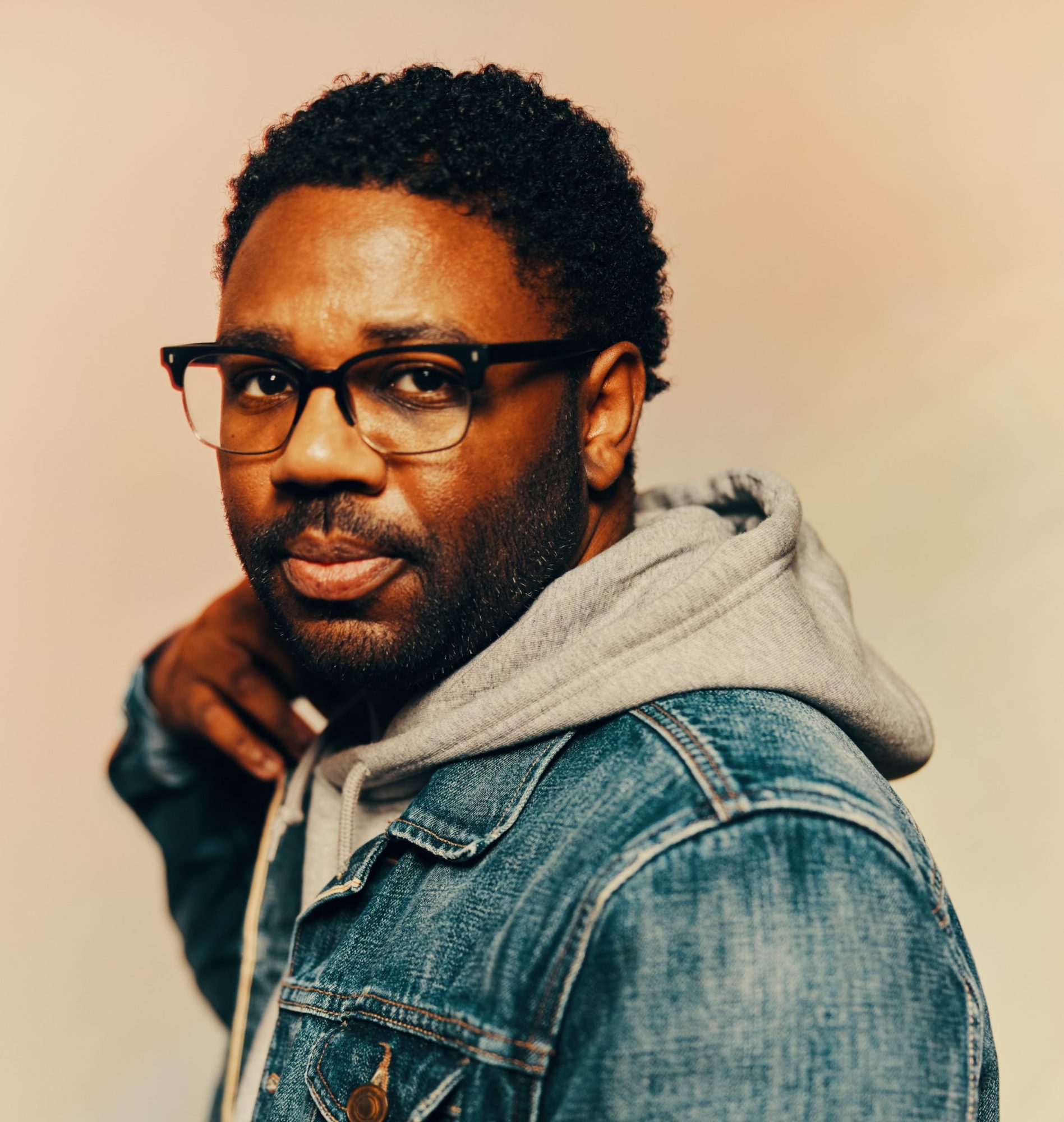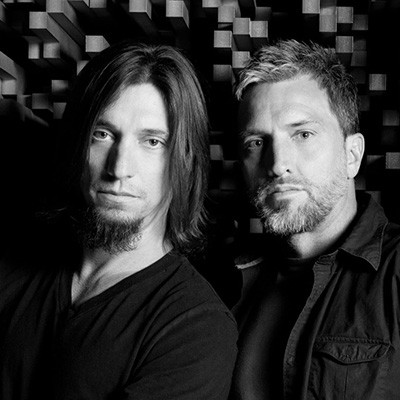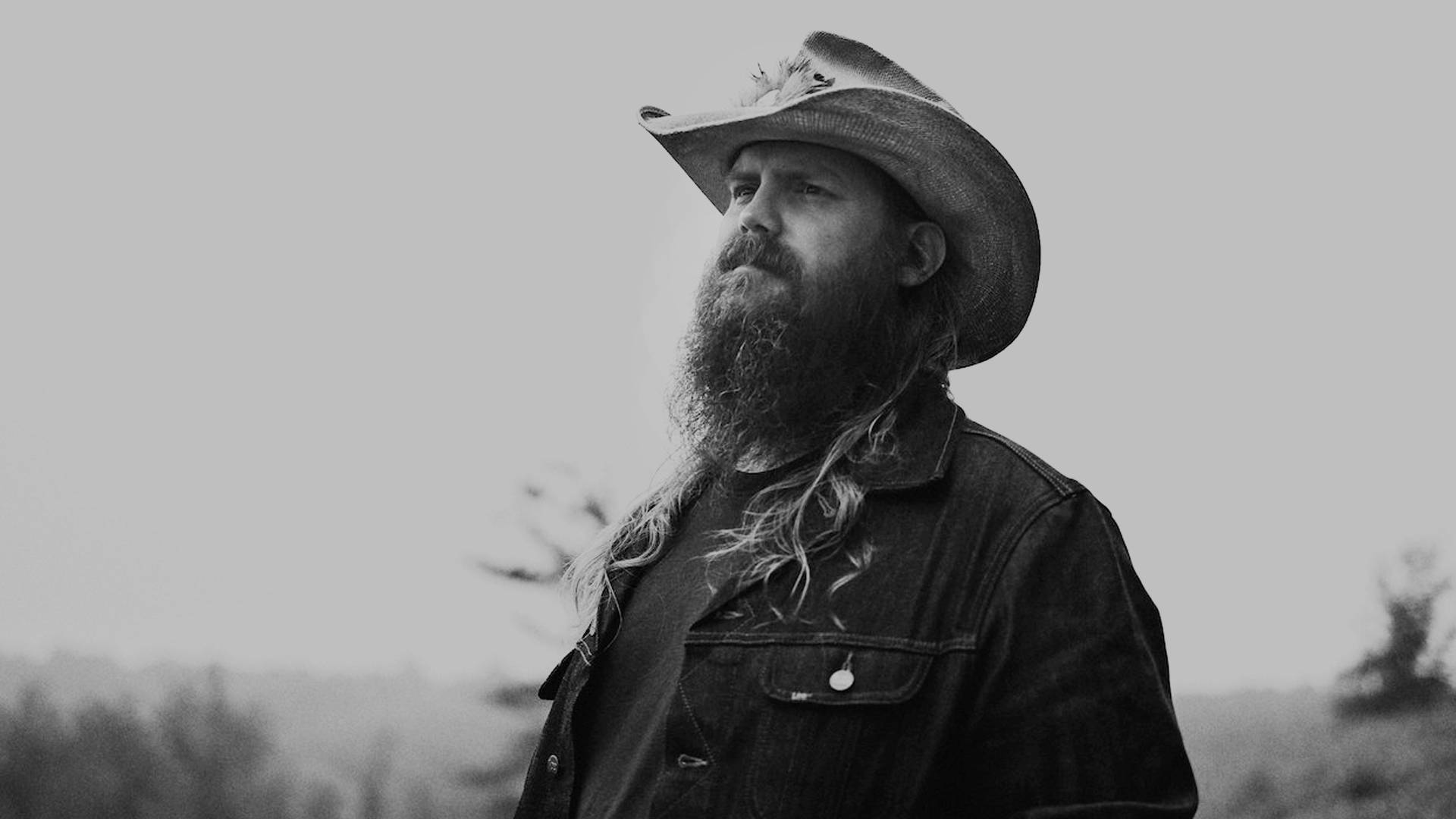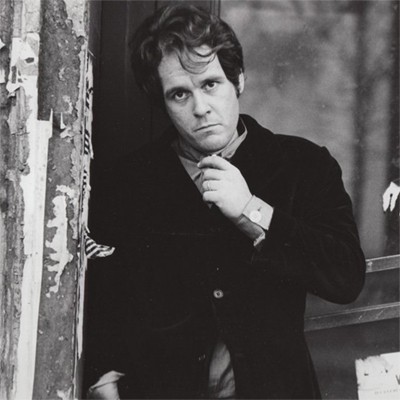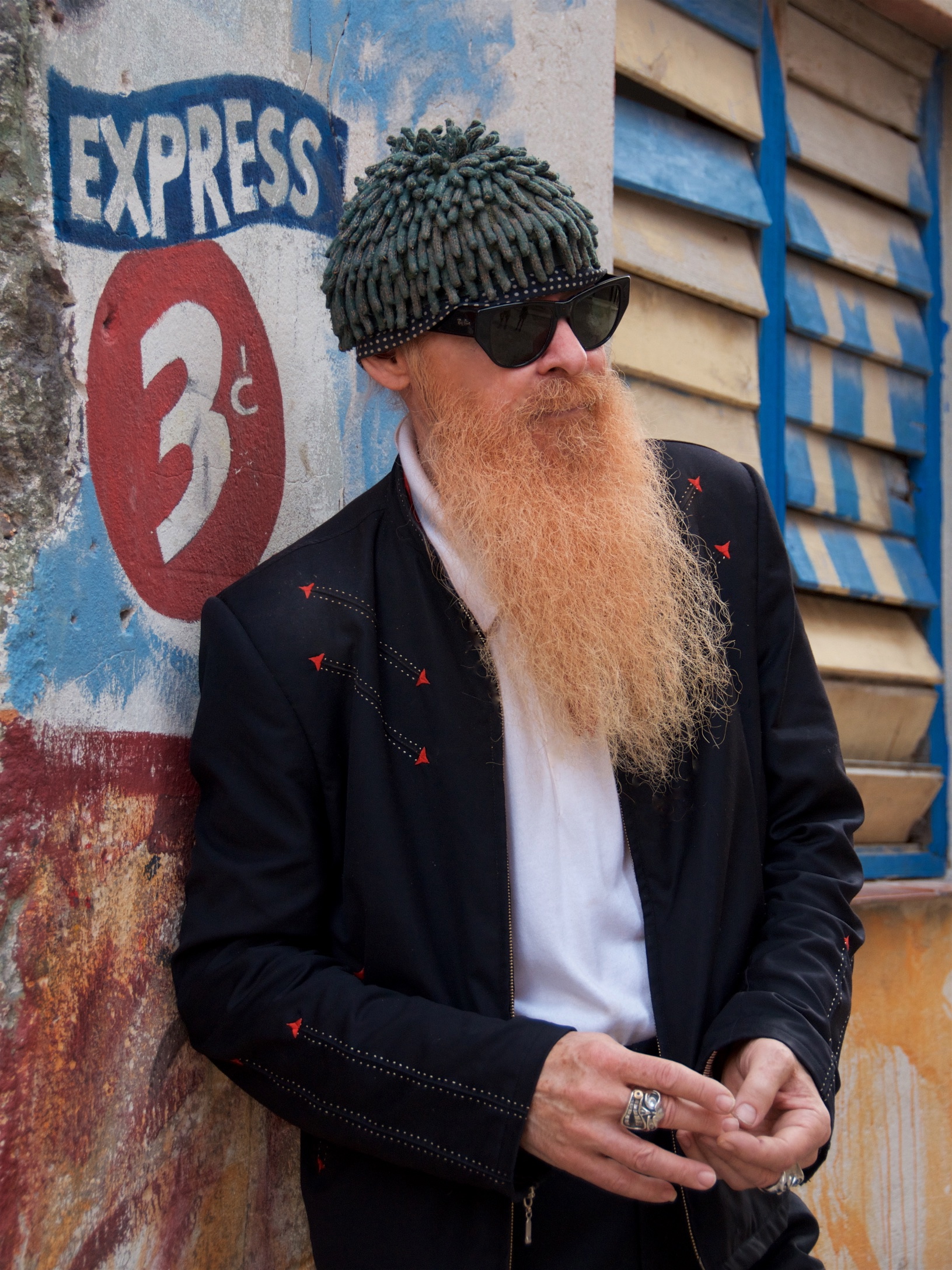
Billy Gibbons
With his signature beard and African headgear, Billy F Gibbons is instantly recognizable. He’s best known as the centerpiece and one third of ZZ Top, the band that came together in 1969 and has stayed part of the American musical landscape ever since – the longest running major rock band still composed of its original members, now celebrating its 50th year. Billy and band mates Dusty Hill and Frank Beard were inducted into the Rock and Roll Hall of Fame in 2004, most appropriately by Keith Richards of The Rolling Stones, a longtime friend of Billy’s.
His singular look notwithstanding, Billy’s even more notable for having been recognized as one of the most inventive and dexterous guitarists of the rock era. Gibbons is widely regarded as one of the world’s finest guitarists working in the blues-rock idiom. ZZ Top’s sound owes much to his uncanny knack to squeeze unheard of sounds out of the electric guitar that resonate with the blues, pop, r&b, country, gospel, western, hillbilly and West African influences that coalesced when rock ‘n roll was born. His almost subconscious awareness of this heritage makes his an approach that is, at once, innovative and authentic. As a vocalist, his down ‘n dirty growl is unmistakable; he sounds ominous and mirthful at the same time, as listeners to such hits as “La Grange,” “Sharp Dressed Man” and “Cheap Sunglasses” can attest.
Before ZZ Top, who would go on to become a living symbol of the State of Texas, Billy fronted several bands during his formative years growing up in Houston, and soon became a local phenomenon. The Moving Sidewalks was his psychedelic pre-ZZ Top group and had occasion to open for Jimi Hendrix, who was so taken with young Gibbons’ fretwork that he called it to the attention of Dick Cavett on national TV.
Now, as then, Billy Gibbons is much more than an iconic guitar slinger with a monumental length of chin whiskers. He’s an internationally recognized collector of guitars and cars, a fact chronicled in the best-selling book he wrote about his collecting obsessions, Rock + Roll Gearhead (MBI Publishing).
His guitar collection today numbers more than 800 instruments and includes the famous “Furry One,” as seen in the “Legs” video, and his most cherished guitar – “Pearly Gates,” a Gibson Les Paul that he values above all others. Years ago, when Gibbons visited the childhood home of Muddy Waters on Mississippi’s Stovall Plantation, he noted that a massive cypress timber that had been part of the shotgun shack’s roof had fallen. He was gifted with the huge piece of lumber and commissioned a guitar to be made out of it in tribute to Waters, a longtime hero of Billy’s. Thus was born the “Muddywood” guitar that was soon donated to the Delta Blues Museum in Clarksdale where it is on display to this day.
The cars he’s built over the years have become stars in their own right: Eliminator, CadZZilla, Kopperhead, Whiskey Runner and others have been major attractions on the car show circuit and have been seen in numerous videos. They are works of art – literal museum pieces. Eliminator has been on display at the Rock and Roll Hall of Fame in Cleveland, and CadZZilla, Coupe de Grace, Slampla and HogZZilla were part of the Petersen Automotive Museum’s Cars & Guitars of Rock ‘n Roll exhibition in Los Angeles, for which he served as Creative Consultant. Beyond guitars and cars, Gibbons has a renowned collection of African art, and an abiding interest in both the paranormal and cutting-edge technology.
Apart from his work with ZZ Top, he’s recorded with such notable artists as B.B. King, Les Paul, Queens of the Stone Age, Shemekia Copeland, Kid Rock, Alice Cooper, Johnny Winter, John Mayall, Sue Foley and others.
In 2015, Concord Records released Billy’s debut solo album, the Afro-Cuban flavored Perfectamundo, which was followed by performances at the Havana Jazz Festival. Now, its follow-up, also from Concord, comes The Big Bad Blues, released in the fall of 2018. Co-produced by Gibbons and Joe Hardy, it is just as the title suggests – a return to Gibbons’ blues roots. The Big Bad Blues contains BFG-ified renditions of songs associated with some of his heroes – “Standing Around Crying” and “Rollin’ & Tumblin’” by Muddy Waters, and “Crackin’ Up” and “Bring It To Jerome” from the Bo Diddley canon. These are joined by nine originals, including one written by Gilligan Gibbons, a/k/a Mrs. Billy Gibbons. Recorded in his hometown of Houston at Foam Box Recordings, the album features Hardy on bass, drums by Guns N’ Roses/Velvet Revolver/The Cult veteran Matt Sorum as well as Nashville session great Greg Morrow, and Austin stalwart Mike ‘The Drifter’ Flanigin on keyboards. Blues harp (harmonica) duties were handled by James Harmon as well as Billy who, of course, is the album’s vocalist and guitar slinger nonpareil. Billy, accompanied by Austin Hanks and Matt Sorum, embarked on a national tour in support of the album following its release. and, at the 40th Blues Music Award ceremony in Memphis, The Big Bad Blues was named Blues Rock Album of the Year.
More recently, Billy released Hardware, an album recorded in California’s high desert that Billy co-produced with Matt Sorum and Mike Fiorentino, its title, a tribute to the late Joe Hardy. Yet again, a Billy Gibbons solo album has explored another aspect of his musical focus, this time a rock-oriented skew with an homage to the ideocracies of the California sound as defined as broadly defined as possible. The album was both a critical and commercial success and lifted spirits as the pandemic dragged on.
A musician’s musician, Billy F Gibbons is a wellspring of what he likes to refer to as the “three T’s”: tone, taste and tenacity. His transcendent creativity in a broad variety of artistic and intellectual endeavors has stood him in good stead over the years underscoring his undisputed status as music’s most highly regarded Renaissance man.
Licensing with Spirit: License Billy’s music HERE.


